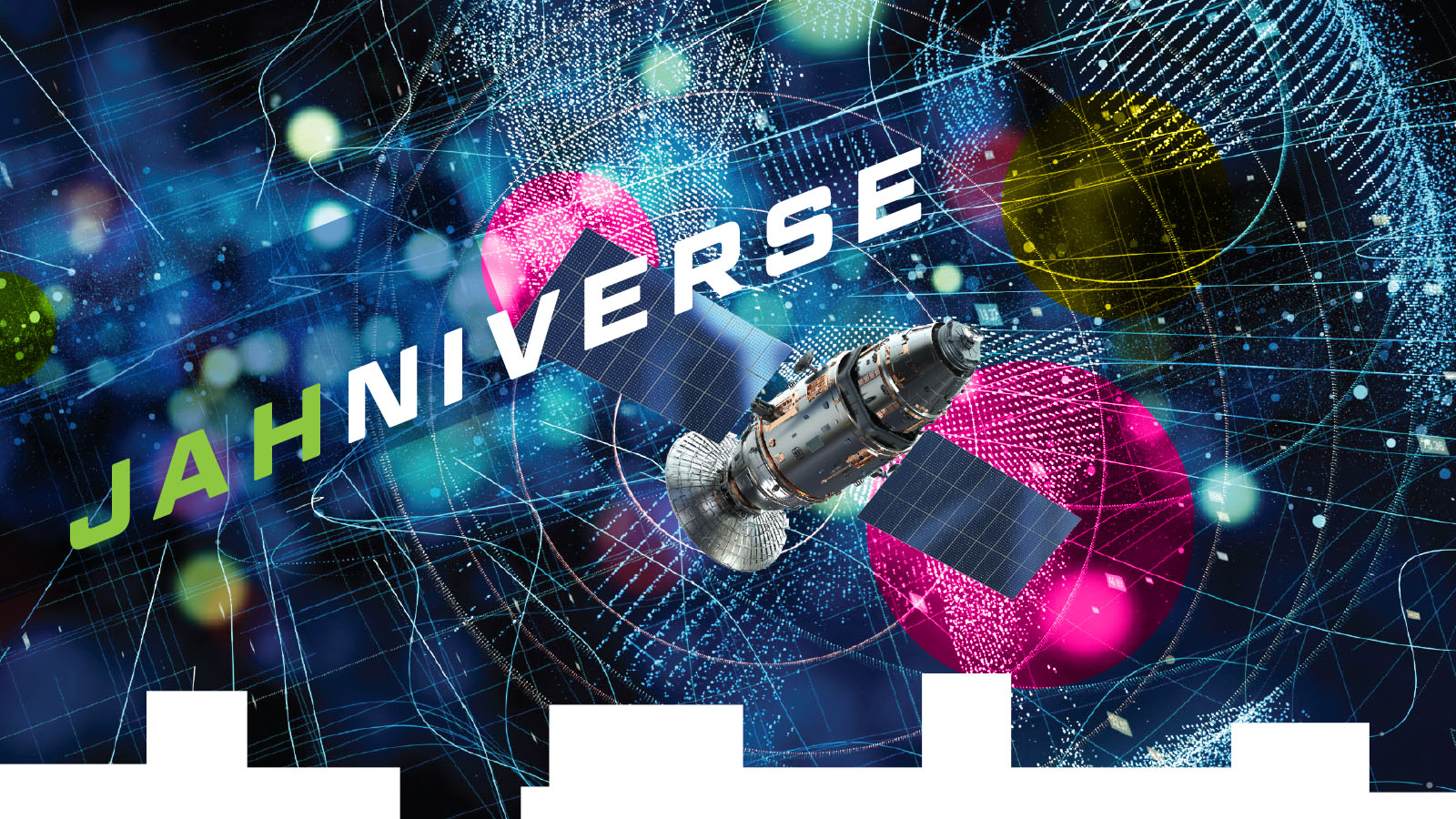Stay Up to Date
Submit your email address to receive the latest industry and Aerospace America news.
Sir Isaac Newton, circa 1686, came to believe that the same principle that makes objects fall toward Earth, such as an apple from a tree, governs the movements of objects in the sky, such as the moon, in an idea now called the Universal Law of Gravitation that became a key element of his 1687 masterpiece, “Principia,” or in English “Mathematical Principles of Natural Philosophy.” This gravitation law describes the attractive forces between two masses as proportional to their mathematical product and inversely proportional to the distance between them squared. The proportionality constant in this relationship is known as G and should not be confused with g, as in a unit of Earth’s gravity. G can be inductively inferred through experimentation and observational data. But while physicists treat G as a constant, in reality G has a variability of about 1 in 10,000 for reasons that remain unknown. By contrast, other physical constants show variabilities on the order of 1 part per million or billion, and even zero variability such as the speed of light in a vacuum and Planck’s constant, which captures the movement of atomic particles and waves. The claim from physicists is that G is difficult to measure precisely because gravity is such a weak force as opposed to others. In my line of work as an astrodynamicist, it tends to be the dominant apparent effect governing the motion of objects in space, and we know that the gravitational potential is dynamic. For instance, Earth’s total mass distribution is not constant.
As for the acceleration due to gravity, what Newton inferred as an invisible centripetal force, Einstein more appropriately inferred as the curvature of a 4-dimensional manifold that he called space-time, which indicates the path a particle, an object or even a photon would take depending on its position and velocity with respect to space-time. The path taken in space-time by anything, just due to its position and velocity with respect to it is called a geodesic, the shortest path between any two points. Newtonian dynamics are kinetic in that they ascribe a force as a cause of the observed motion, generally modeled in Euclidean space, which is isomorphic, meaning equal-shaped with time being an absolute quantity. Conversely, for Einstein, what is known as gravity is not a force but evidence that we exist in a pseudo-Riemannian, or nonisomorphic, space whose shape comes from the presence of masses with time being a relative quantity. Einstein’s Theory of General Relativity is a kinematic theory in that it provides a geometric explanation of gravitational motion. Therefore, all real forces are nongravitational.
Moreover, any object traveling along a space-time geodesic has its own inertial frame. An astronaut in Earth orbit is a pseudo-inertial observer because most of their trajectory is determined by the curvature of space-time, and the remainder of the trajectory is mainly defined by nongravitational accelerations such as solar radiation pressure and atmospheric drag. This understanding of the inertial frame was Einstein’s epiphany. He concluded that inertial mass and gravitational mass were equivalent so that someone in free fall would not be able to sense any absolute acceleration. On the other hand, someone propelled in a rocket in free space at a rate of 9.8 meters per second squared would feel like they are on Earth’s surface.
So, real forces are only those that would cause a deviation of an object’s path from its space-time geodesic. Interestingly, this is exactly what is measured by inertial measurement units with accelerometers. There are applications you can load onto your cellphone to read out its acceleration as measured by its internal accelerometer. In the classes I teach, I always ask my students if accelerometers measure gravity, and the answer should be “no.” Place your cellphone on a table and it should read 1 g. It’s not measuring gravity but rather the normal force preventing it from falling, or following its space-time geodesic. In a purely free-fall environment, your phone’s accelerometer would register zero, for no acceleration. Given all of this back and forth and apparent differences in theories kinetic and kinematic, here is where Newton and Einstein meet: Newton’s principle of determinacy. It states that if we know an object’s initial position and velocity, we can predict where it will be for all time. This principle holds true for objects moving along their space-time geodesics and hence is where Newton can thank Einstein for showing where this principle is valid.
To be sure, Newtonian dynamics are used every day by millions of us, astrodynamicists included. However, as a former spacecraft navigator at NASA’s Jet Propulsion Laboratory, I can tell you that you’ll never be successful at sending probes across the solar system without correcting Newtonian dynamics for Einstein’s relativistic effects. Personally, I don’t like mixing theories to make things work, so I enjoy understanding the observed and predicted motion of stuff in space considering space-time to be what influences that motion kinematically, and then focus my effort on understanding real kinetics. Maybe the real reason for the large imprecision in G is that it is based on measuring space-time geodesics, and the shape of space-time is always changing, thus G is in constant change.
About Moriba Jah
Moriba is a professor at the University of Texas at Austin and chief scientist at Privateer. He helped navigate spacecraft at NASA’s Jet Propulsion Lab and researched space situational awareness at the U.S. Air Force Research Laboratory, and is an AIAA fellow.
Related Posts
Stay Up to Date
Submit your email address to receive the latest industry and Aerospace America news.




